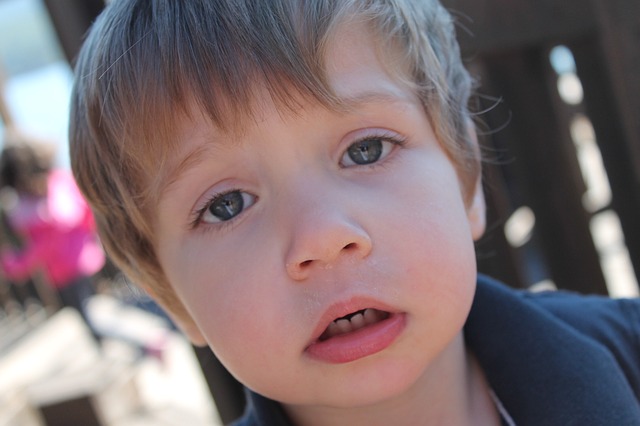Tami Simon recently conducted a podcast interview with Terry Gaspard on navigating the challenges of a second marriage. Terry is a college professor, author and very successful couples therapist. In the interview, Terry drew on her book, The Remarriage Manual: How to Make Everything Work Better the Second Time Around. Both Tami and Terry pointed to the divorce static that highlighted the difficulty of a second marriage – while 50% of first marriages end in divorce, this figure rises to 60% for second marriages.
Second marriages entail the added complexity of increased financial expenses, the challenge of blending families (where there are children involved) and the intellectual and emotional baggage from the previous intimate relationships. As the two insightful women discussed the topic of sustaining a second marriage from ideas and perspectives developed through their own research and personal experience, it occurred to me that mindfulness could help partners develop the insights and skills required to effectively and happily navigate the many challenges involved in a second marriage.
Mindfulness for accepting “what is” in terms of partner differences
In a previous post, I explained that Diana Winston, Director of Mindfulness Education at MARC, incorporates “accepting what is” as an integral part of mindfulness. Neither speaker in the podcast interview mentioned above thought that this entailed a totally passive position in relation to differences in partners in an intimate relationship. While they recognised from research that 70% of differences in a relationship cannot be changed, they did identify ways to negotiate some differences. Terry suggested, however, that some differences can involve what she calls “deal breakers” and these may need to be resolved with the help of a couples therapist if the second marriage relationship is to be sustained.
Terry drew on hundreds of interviews of couples and her own relationships to develop her book. She maintained that trying to change the other person in a second marriage to be like yourself or some ideal image very often leads to divorce in a second marriage. She points out that you will not change a person’s basic personality in a relationship – “morning people” do not automatically become “night people”, for instance, or introverts change readily into extroverts. These are deep differences that cannot be changed, but if partners in a second marriage accept what is in terms of these more profound differences, it is possible to work towards various accommodations over time that make the relationship workable and rewarding. Terry offers some suggestions in the podcast and in her book to address these differences.
Mindfulness for self-awareness
Research has consistently demonstrated that mindfulness develops self-awareness and the associated skill of self-regulation. Self-awareness is critical to negotiate several significant hurdles in a second marriage:
- Intellectual and emotional baggage – whether we like it or not, our past is in our present. Each person in a second marriage brings their own baggage, both in terms of thoughts and feelings, to the new relationship. We can act these out unconsciously and damage our relationship(s). It may be that we bring to the second relationship a lack of trust, unresolved hurt, resentment or fears. Terry suggests that often rebound second relationships do not work because individuals have not taken the time and space required to heal from the damages of the prior relationship. Mindfulness can help us to see what our personal “baggage” is and how it plays out in the conflicts we have in our second marriage, the points of irritation or the frustration and resentment that we experience towards our partner.
- Unrealistic expectations – we all develop expectations of ourselves and others that at times prove to be unrealistic. Terry particularly mentions the challenge of blending two families in a second marriage and the unrealistic expectations that arise around this difficult endeavour. She contends that it takes at least four years for a partner in a second marriage to negotiate and achieve a balanced relationship with a stepchild (even longer for “stepchildren”). Through meditation and reflection, we can become aware of our expectations and the influence they are having on our intimate relationship. We can create the freedom of possibility by gaining release from the tyranny of unrealistic expectations of our self and our partner.
Compassion and forgiveness
Compassion and forgiveness are required in an intimate relationship because grievances will occur on the part of either or both parties. Terry draws on the work of Fred Luskin, an expert in forgiveness, who talks about the “grievance story” or narrative that we develop when we are hurt in a relationship. Grievance stories are effectively negative self-stories focused on our hurt that result from unresolved grievances we carry towards our partner over one or more incidents occurring in our second marriage. They Invariably involve an unbalanced perspective, blaming the other person and some form of “punishment”, e.g. through personal attack (e.g. nagging) or withdrawal.
Acknowledging these harmful narratives and dealing with them through meditation and reflection can heal our wounds and enable us to participate more fully and constructively in our intimate relationship. Fred’s book, Forgive for Love: The Missing Ingredient for a Healthy and Lasting Relationship, offers processes to overcome grievance stories. It also provides an understanding of the nature of forgiveness, the underpinning science, the benefits of forgiveness and how to develop forgiveness (especially through the “gratitude channel”).
Reflection
After almost 35 years in a second marriage, I can readily relate to the issues described by Tami and Terry and the need for the perspectives and skills that they discuss to sustain a second marriage. Their insights and strategies are particularly relevant, practical and workable. As we grow in mindfulness, we can develop the acceptance, self-awareness and forgiveness necessary to deepen, enrich and sustain a second intimate relationship. A key ingredient for success seems to be to develop a “growth mindset” along with tolerance.
_____________________________________
Image by Arek Socha from Pixabay
By Ron Passfield – Copyright (Creative Commons license, Attribution–Non Commercial–No Derivatives)
Disclosure: If you purchase a product through this site, I may earn a commission which will help to pay for the site, the associated Meetup group and the resources to support the blog.





